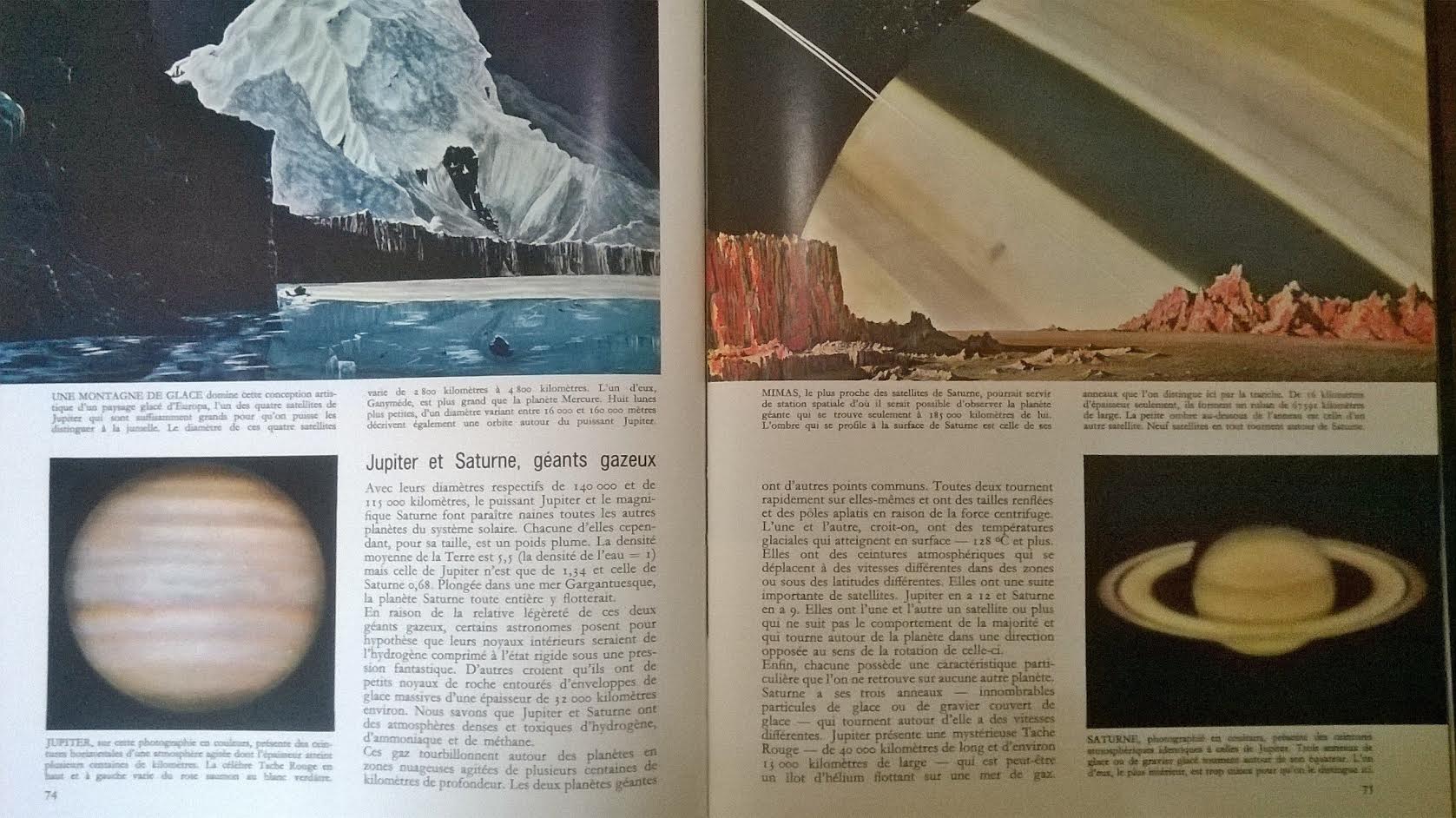GAM 2017 Blog
- Published: Wednesday, April 05 2017 18:22
by Hatim Madani

Astronomy has been propelled by this new millennium and its digital revolution in which information technologies play a key role in the popularization of the discipline.
Never before in its history, was this science put within the reach of all, with so many differing ways to insure its dissemination. Nowadays, within the framework of the participatory science, it is possible for everyone to be able to contribute significantly to astronomical research. Personal telescopes are now more affordable than ever and amateur astronomer communities have grown substantially worldwide.
Space exploration has recorded huge achievements over past decades and our vision of the solar system and the Cosmos as a whole, has been completely modified. The discoveries of new exoplanets are opening a fascinating era for the search for extraterrestrial life.
The super giant telescopes new generation is underway with the construction of the three Cyclopes EELT, TMT and GMT supported by the James Webb Space Telescope.
I have bought few month ago an old astronomy book, a French edition of "The Universe" -Time Life Nature Library, published in 1962, perfectly preserved with a wonderful picture of Andromeda Galaxy in the book cover. I own many astronomy’s books and magazines of the 60s and 70s in my personal library but this one had a profound effect on me, may be because it seemed brand new.

Reading this book take you back to an exciting time in which astronomy seemed as a secretive science, a discipline of specialists and privileged amateurs. The book invites any curious reader to know more about astronomy, offering beautiful colored images and detailed information about the subject.
It was interesting to make the comparison between current and older data presented in the book and update them in the light of current discoveries.
In the chapter regarding astronomical instruments, the Hale telescope in the Palomar Observatory with his 5 meter mirror and 500 tons was the biggest giant.
The pictures of planets published were the best available at that time and are indeed wonderful despite their lower quality. Jupiter and Saturn seem mysterious, and patiently wait for Pioneer and Voyager probes for unveiling their beauty.
The Orion nebula is presented as a stellar nursery but it was yet difficult to be able to penetrate down the deepest gas layers.
Galaxies remain indiscernible in the deep space and super massive black holes theories haven't been yet clarified.
In conclusion, some questions are put:
Is the universe really expanding?
What are the dimensions of the Cosmos?
Will man find answers? This question was in reference to the discovery of a strange galaxy, Centuras A, emitting a large amount of radio radiations.
The book ends with a statement that mirror’s dimensions limits had been reached and the use of stratospheric balloon to avoid disturbances of the atmosphere could be envisaged.

It is quite unbelievable that such a huge leap forward has been achieved in astronomy over half a century. Those glorious fifty years remain a pivotal period in astronomy history, undertaken by a generation of brilliant astronomers.
Today, astronomy is living its golden age, and I think we all appreciate being the privileged witnesses of this fabulous epoch.
 Hatim Madani is a Master graduate in international business and works in private sector. he was involved in the astronomy field trough amateur astronomers clubs. During IYA 2009, he worked in partnership with the National Commission of UNESCO to launch Aldebaran project( project for creation of schools astronomy clubs in the country) - /UNAWE Morroco Coordinator/
Hatim Madani is a Master graduate in international business and works in private sector. he was involved in the astronomy field trough amateur astronomers clubs. During IYA 2009, he worked in partnership with the National Commission of UNESCO to launch Aldebaran project( project for creation of schools astronomy clubs in the country) - /UNAWE Morroco Coordinator/
Astronomers Without Borders Coordinator.








